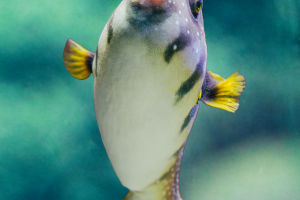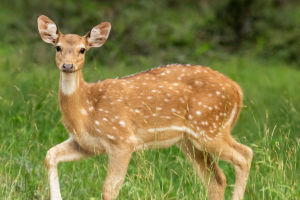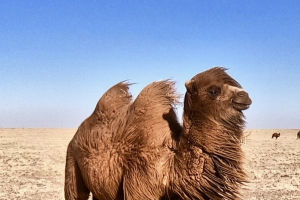Polar bears are unique creatures known for their exceptional swimming abilities, which earned them the reputation of being marine animals. They are full-fledged carnivores and nearly 98.5% of their diet consists of meat.
The main prey of polar bears include seals, walruses, whales, seabirds, fish, and small mammals, and they have been known to scavenge carrion as well. Polar bears are the only species of bears that actively attack humans, mainly at night.
Hunting Habits and Physical Characteristics
Polar bears have two main hunting patterns, the most common being the "wait and see" method. They locate the seal's breathing hole in the ice and wait patiently for hours until the seal shows its head, at which point they launch a surprise attack and drag the seal through the breathing hole.
Polar bears have the same eyesight and hearing as humans, but their sense of smell is seven times more sensitive than a dog's. They are capable of running at speeds of up to 60 km/h, which is 1.5 times faster than the world's 100-meter champion.
Largest Land Predator
Polar bears are the largest land predator on Earth, with a maximum length of over 3.2 meters and a height of almost 4 meters when walking upright. They can weigh up to one ton, making them much larger than lions and tigers.
In the spring and summer, they are very active and can be found moving around the ice floes in search of food. During the harsh winter, they are less active and may go for long periods without eating. Polar bears enter partial hibernation in winter, reducing their breathing rate and conserving energy.
Threats to Polar Bears
The polar bears' natural habitat, the Arctic ice, is rapidly melting due to rising global temperatures. This has resulted in the loss of their habitat, and the species is in danger of becoming extinct in the near future.
Scientists have also suggested that polar bears may enter a state of partial summer hibernation, as the ice floes shrink during the summer, making it difficult for them to feed. In such situations, they have been known to grow long hair on their paws, suggesting that they have limited foraging activities.
In conclusion, polar bears are fascinating creatures that are perfectly adapted to their Arctic environment. They are skilled hunters and have an exceptional sense of smell, making them formidable predators. However, their survival is threatened by the rapid melting of the Arctic ice, and it is up to us to protect this magnificent species.


